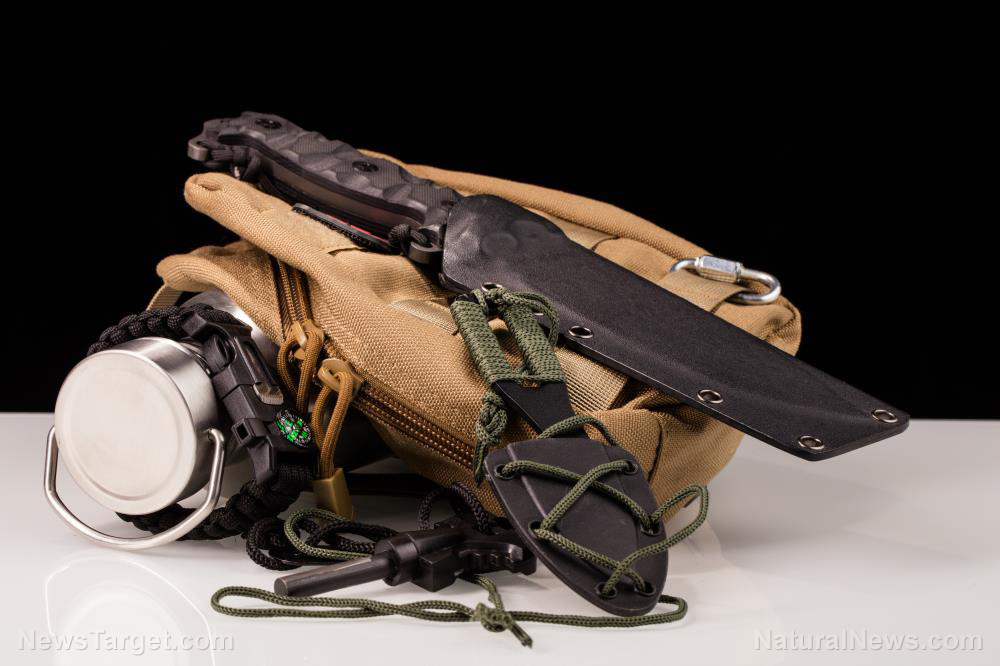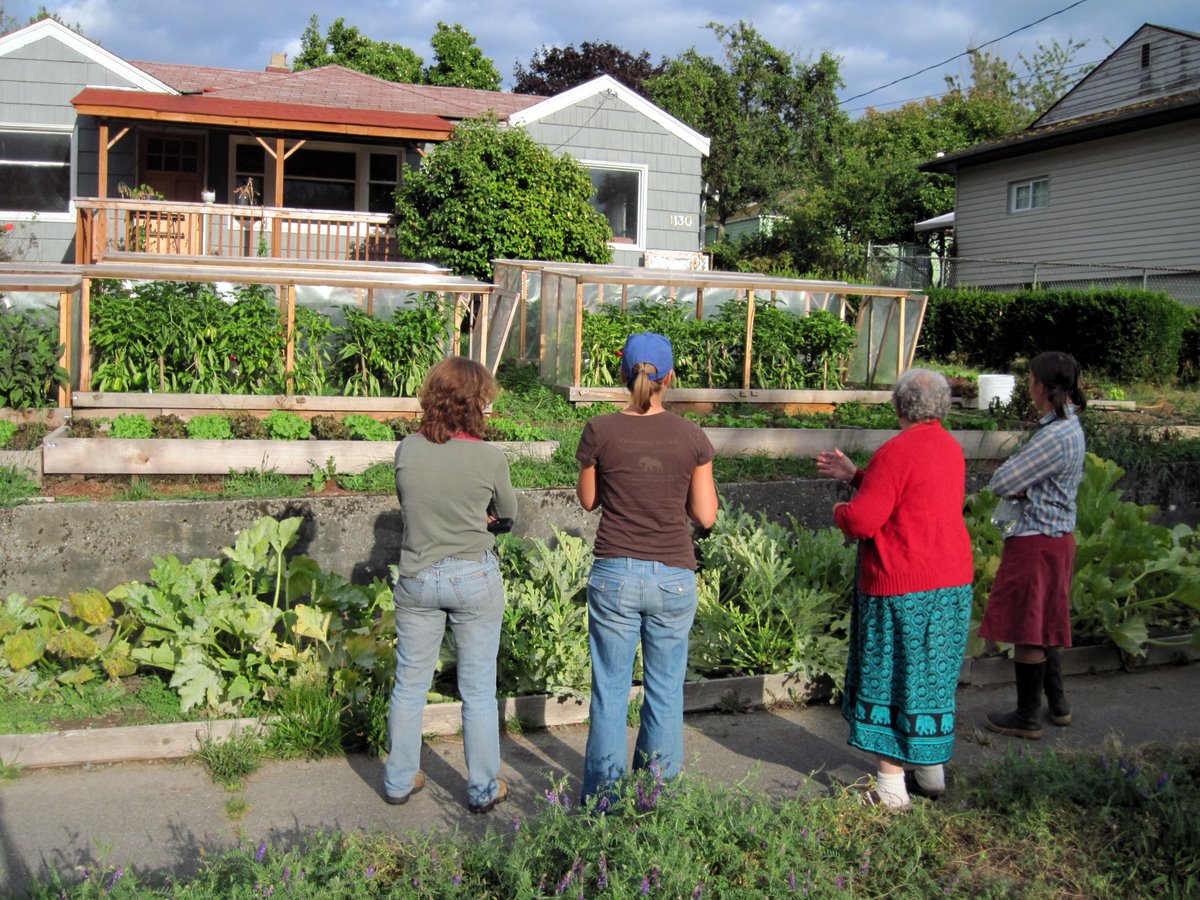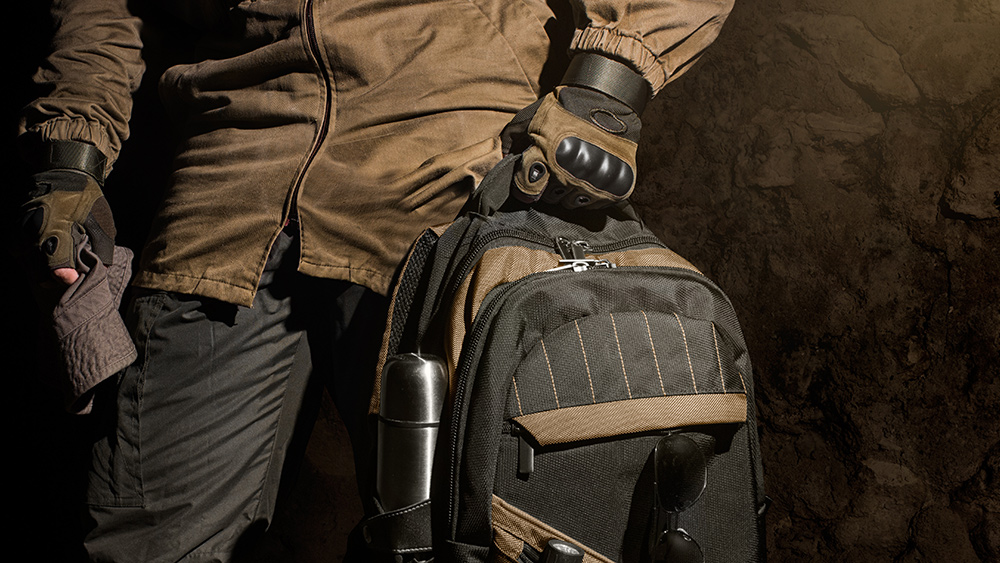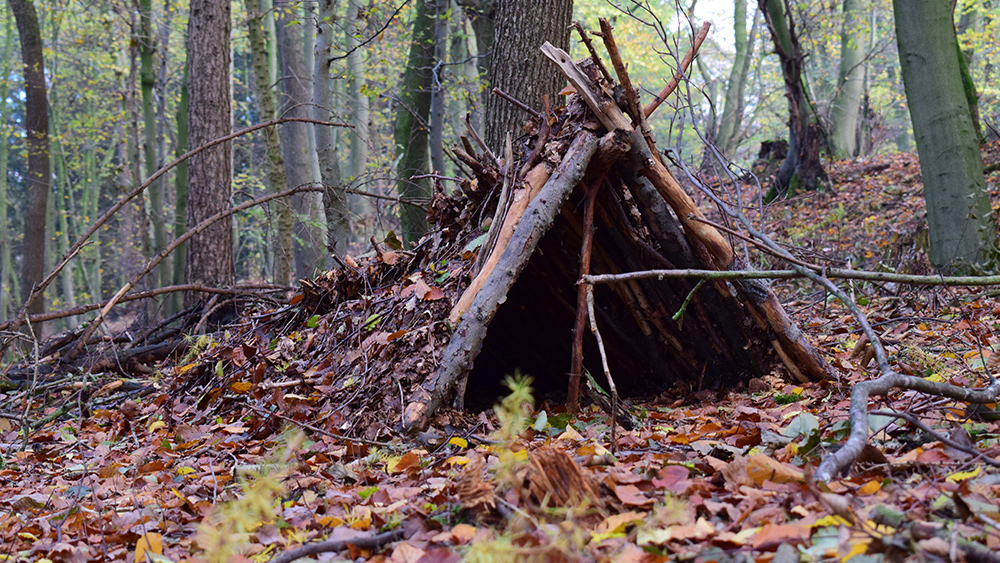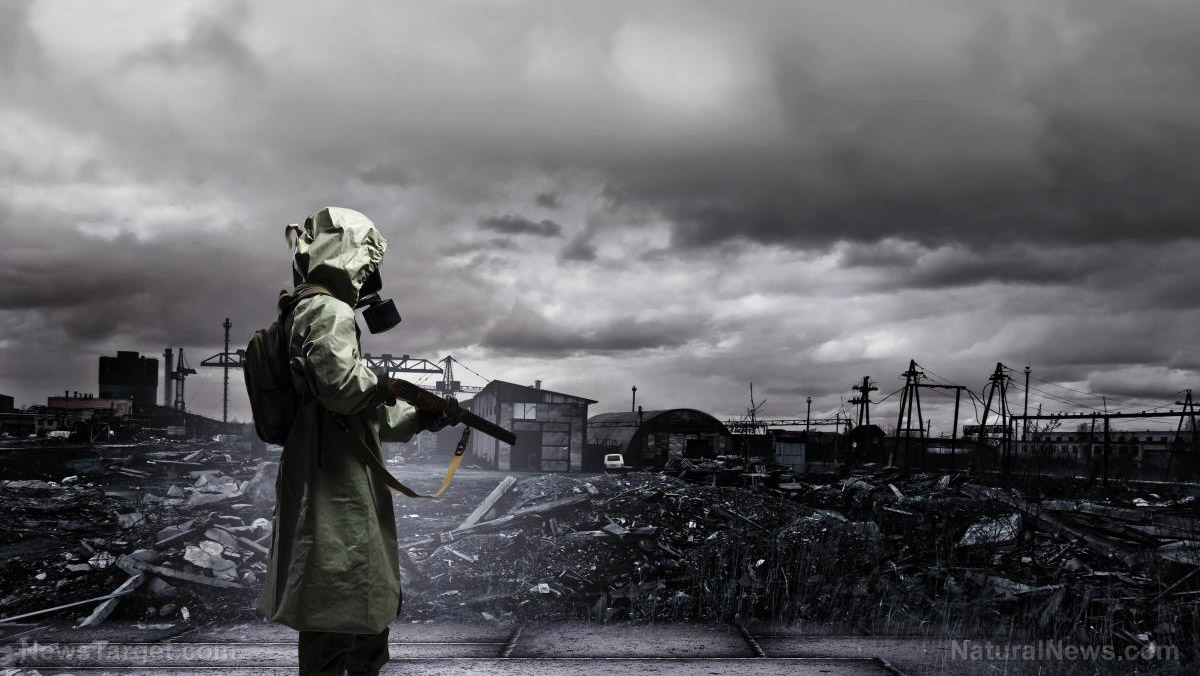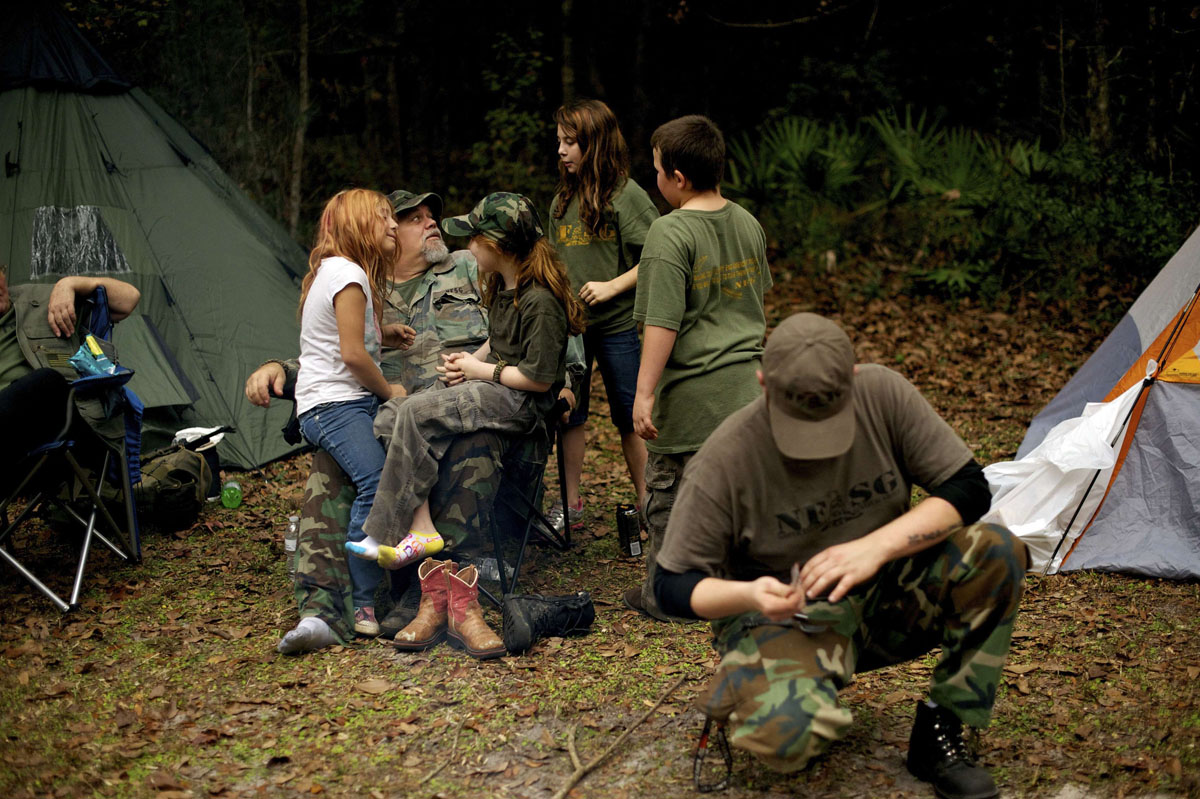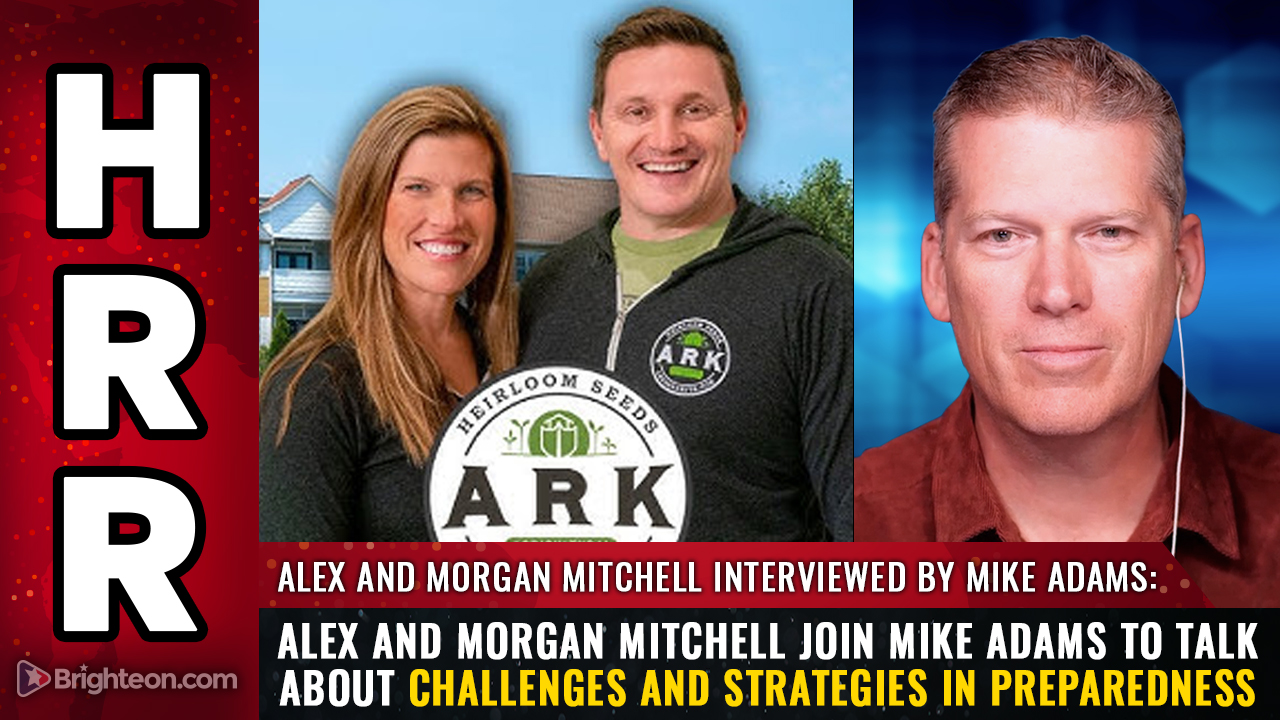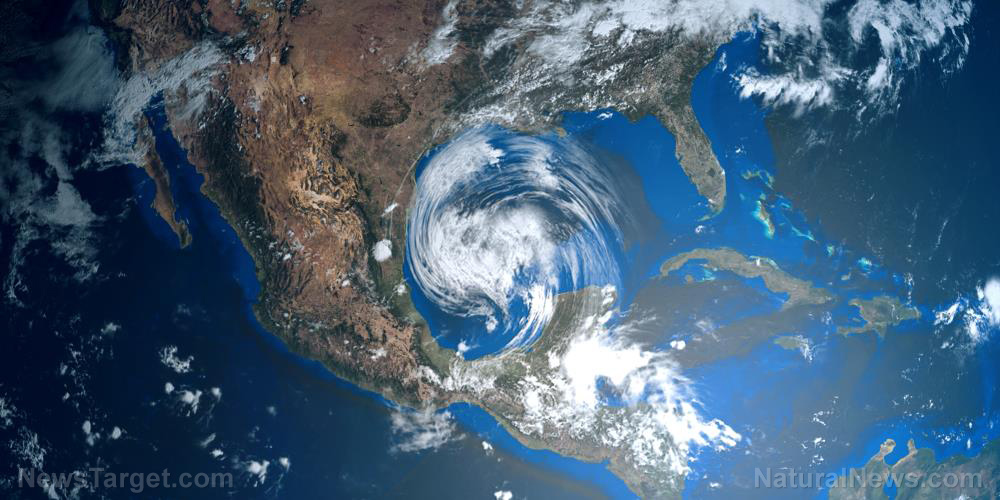Staying connected: The essential guide to disaster communication by Jim Cobb
04/04/2025 / By Belle Carter

- In an era of increasing natural disasters and emergencies, effective communication is often overlooked, but it is crucial for survival and staying informed during and after a crisis.
- During disasters, conventional communication methods like cell phones, the internet and landlines often fail, making it essential to have alternative tools and methods of staying connected.
- Jim Cobb’s “Prepper’s Communication Handbook” discusses a wide range of communication tools and techniques, from one-way radios like AM/FM and shortwave radios to two-way options like handheld radios and amateur (ham) radio, emphasizing the importance of having a solid communication plan.
- The book is designed for a broad audience, from seasoned preppers to everyday individuals, providing practical and accessible advice that can be applied in various scenarios, whether urban or rural.
- Beyond hardware, the book highlights the importance of communication skills, including conflict resolution, interpreting body language and protecting information, ensuring effective communication even in high-stress situations.
In an era where natural disasters and unforeseen emergencies are becoming increasingly common, the ability to stay connected can be a lifeline. Yet, as Jim Cobb, author of the newly released “Prepper’s Communication Handbook: Lifesaving Strategies for Staying in Contact During and After a Disaster,” points out, communication is often the most overlooked aspect of disaster preparedness.
When disaster strikes, the usual channels of communication – cell phones, the internet and landlines – can quickly become unreliable or completely inoperative. Cobb emphasizes that “Prepping gives you options,” and this is particularly true for communication. In the aftermath of a hurricane, earthquake or even a prolonged power outage, having the right tools and skills to stay in touch can be the difference between life and death. Cobb’s book is a timely reminder that effective communication is not just a convenience but a necessity in times of crisis.
Cobb’s “Prepper’s Communication Handbook” is aimed at a wide audience, from seasoned preppers to everyday individuals looking to enhance their disaster readiness. College-educated readers with an interest in emergency preparedness will find the book both informative and practical. Cobb’s expertise in the field, combined with his engaging writing style, makes complex topics accessible to a broad readership.
The importance of communication becomes evident in the immediate aftermath of a disaster. Cobb explains that “in a crisis, your usual methods of communication might be unreliable or completely down.” This is when having a solid communication plan and the right equipment can be a game-changer. Whether it’s checking on loved ones, accessing vital information, or coordinating with emergency services, the ability to communicate effectively is paramount.
Cobb’s guide is relevant to anyone, anywhere, who wants to be better prepared for emergencies. While the book covers a range of scenarios, from urban disasters to rural isolation, its principles are universally applicable. Cobb emphasizes that “communication is a fundamental aspect of human survival,” and his book provides practical advice that can be implemented in any location. (Related: Prepper essentials: SHTF emergency communication plans for your family.)
The book is a comprehensive guide that covers a wide array of communication tools and techniques. He begins with one-way radio receivers, such as AM and FM radios, which have been reliable sources of information for decades. “AM radio, with its long history dating back to the 1920s, is still a valuable tool,” Cobb notes. He explains that AM signals can travel great distances, making them ideal for accessing local news and updates, even when other communication methods fail.
Cobb also delves into the world of shortwave radio, a personal favorite of his and a must-know for any serious prepper. “Shortwave transmissions can travel across the globe by bouncing off the ionosphere,” he explains, making them an excellent choice for accessing information from distant locations. He highlights the Kaito Voyager Pro as one of the best emergency radios on the market, capable of tuning in to AM, FM, shortwave and weather radio stations, with added features like a built-in solar panel and USB port for charging devices.
But listening is only half the battle. Cobb also explores two-way communication, discussing handheld radios like those used in the Family Radio Service (FRS) and General Mobile Radio Service (GMRS). “These radios are great for short-range communication,” he says, “but their range is limited, so they are best suited for local communication.” For those needing to communicate over greater distances, amateur (ham) radio is the way to go. Cobb emphasizes the importance of obtaining a license and practicing with the equipment to ensure proficiency in high-stress situations.
Cobb doesn’t just focus on the hardware; he also emphasizes the importance of communication skills. “Knowing how to resolve conflicts, interpret body language and protect your information are all crucial,” he advises. Cobb provides practical tips on defusing arguments and uncovering hidden agendas, ensuring that readers can communicate effectively even in the most challenging circumstances.
In conclusion, “Prepper’s Communication Handbook” is an invaluable resource for anyone looking to enhance their disaster preparedness. By understanding the different communication options available and honing their skills, readers will be better equipped to handle whatever challenges come their way. Cobb’s book is a testament to the power of communication in times of crisis, offering a lifeline to those who need it most.
Learn more about the “Prepper’s Communication Handbook” by watching the video below.
This video is from the BrightLearn channel on Brighteon.com.
Sources include:
Submit a correction >>
Tagged Under:
AM radio, bug out, Collapse, communication, Disasters, FM radio, FRS, GMRS, ham radio, homesteading, Jim Cobb, Kaito Voyager Pro, lifesavers, off grid, preparedness, prepper, Prepper's Communication Handbook, prepping, shortwave radio, SHTF, survival, survival gear, survivalist, tips, two-way radios
This article may contain statements that reflect the opinion of the author
RECENT NEWS & ARTICLES
COPYRIGHT © 2017 PREPAREDNESS NEWS




